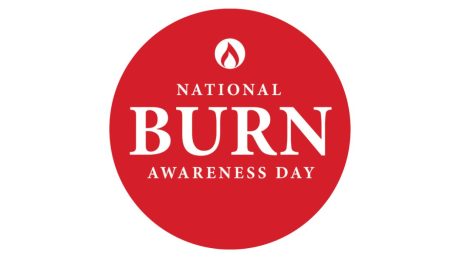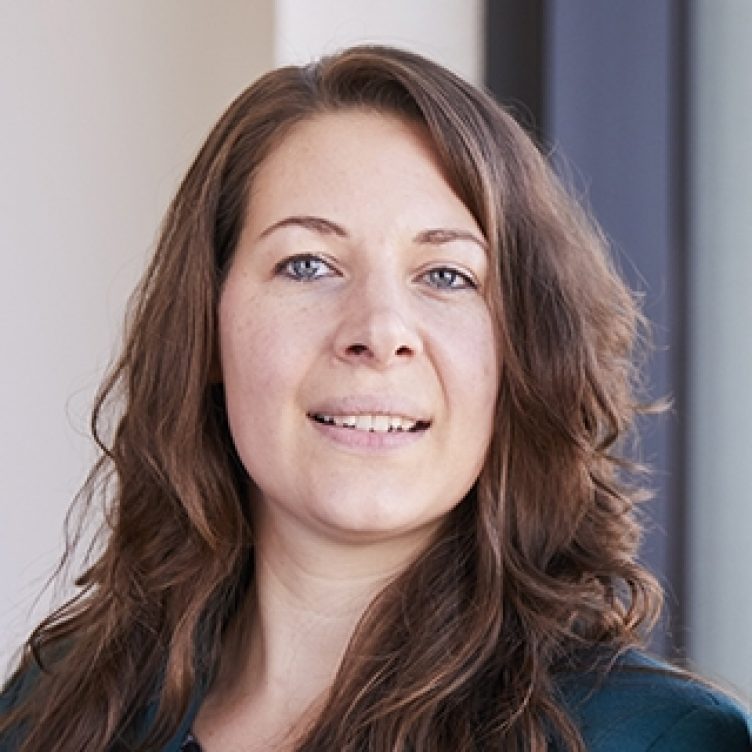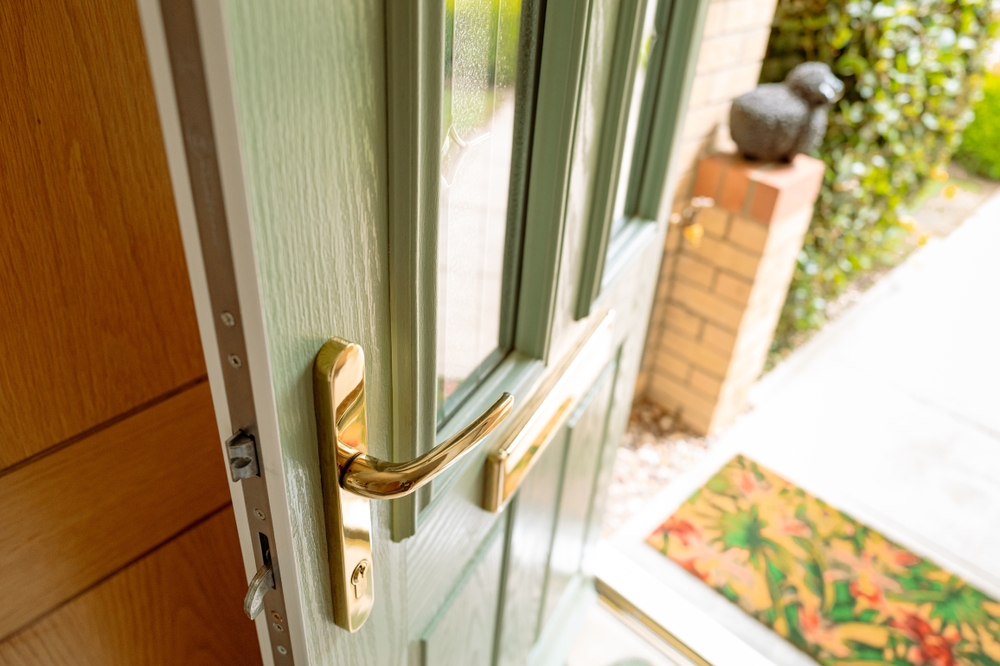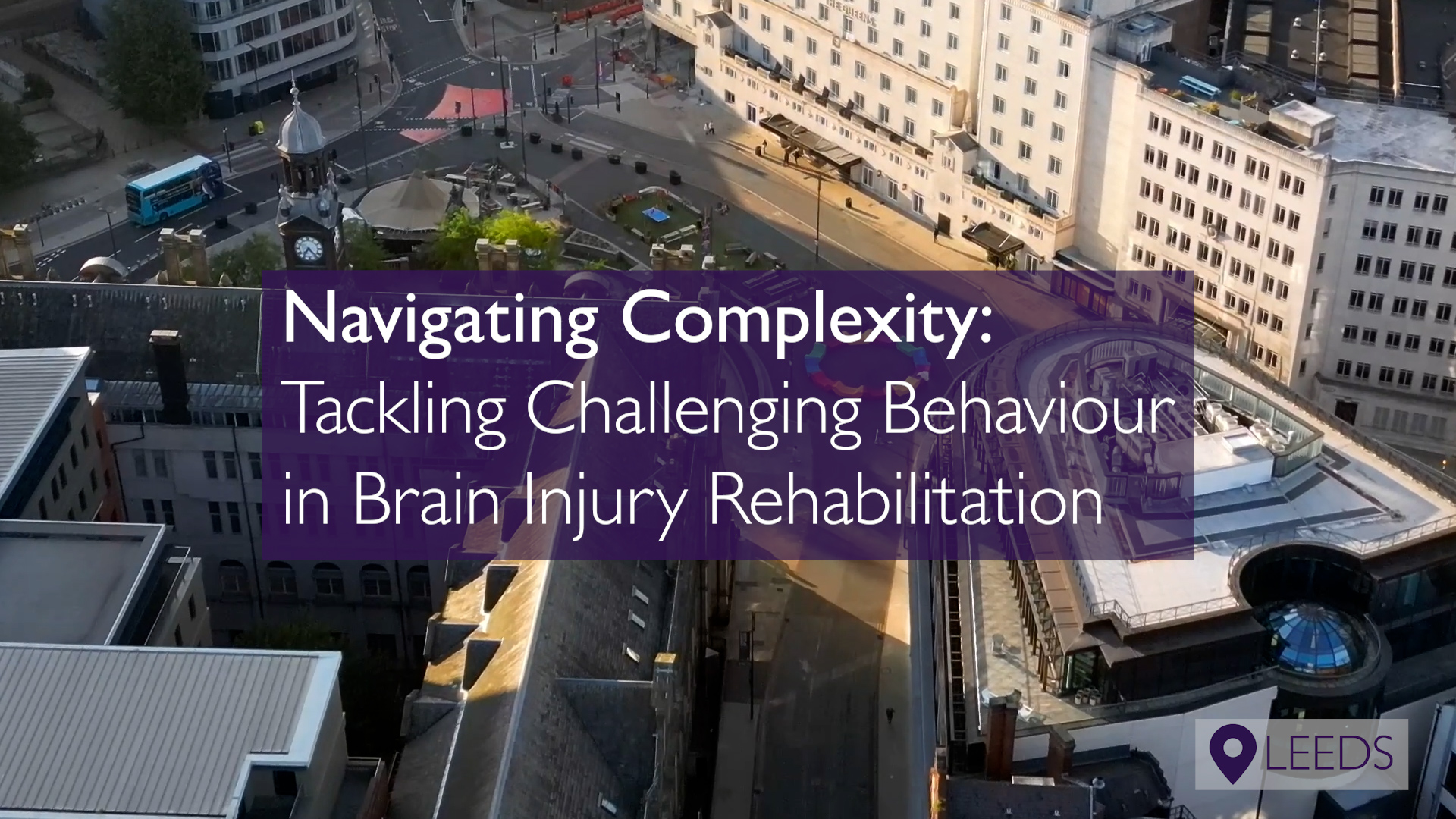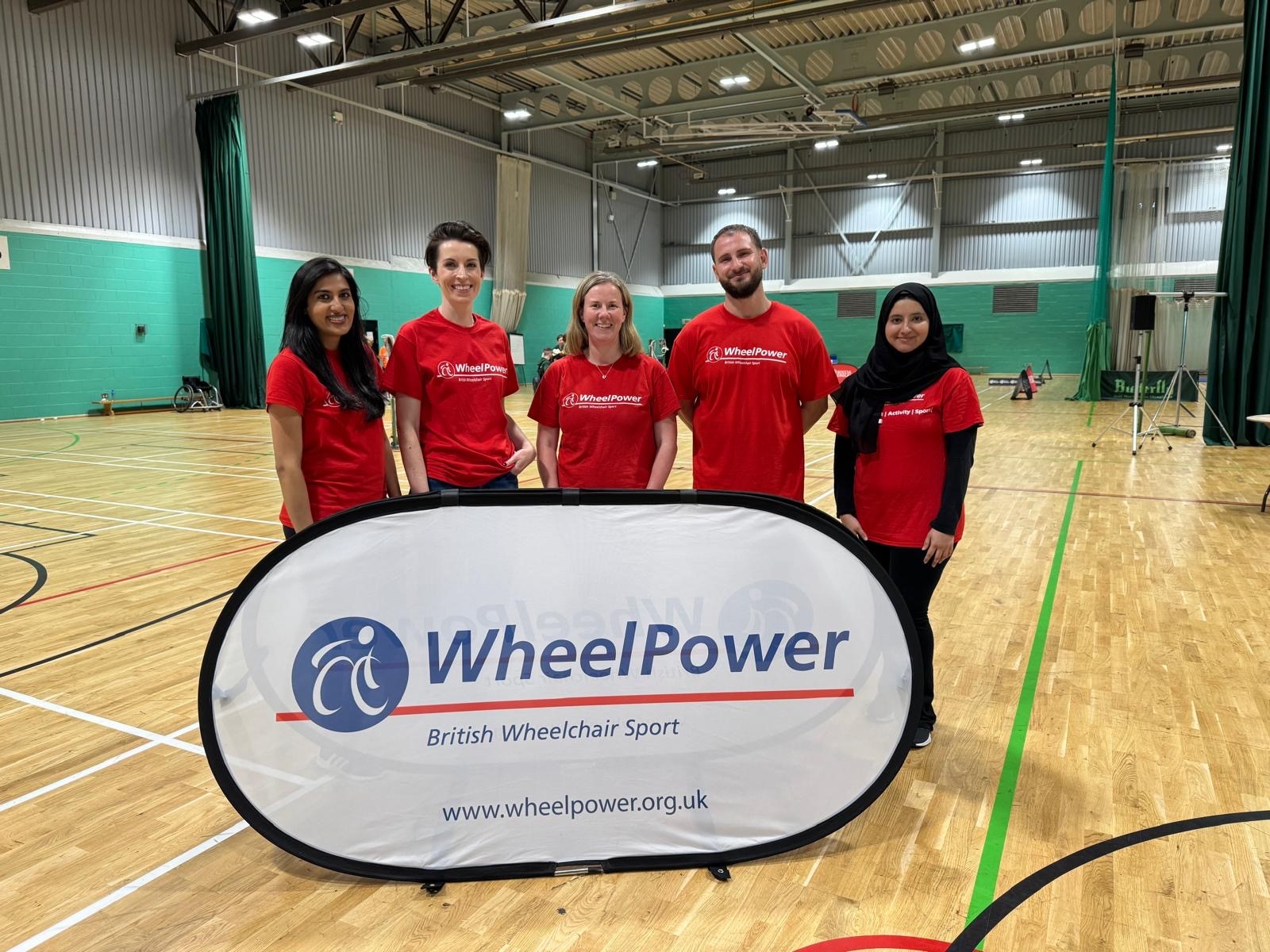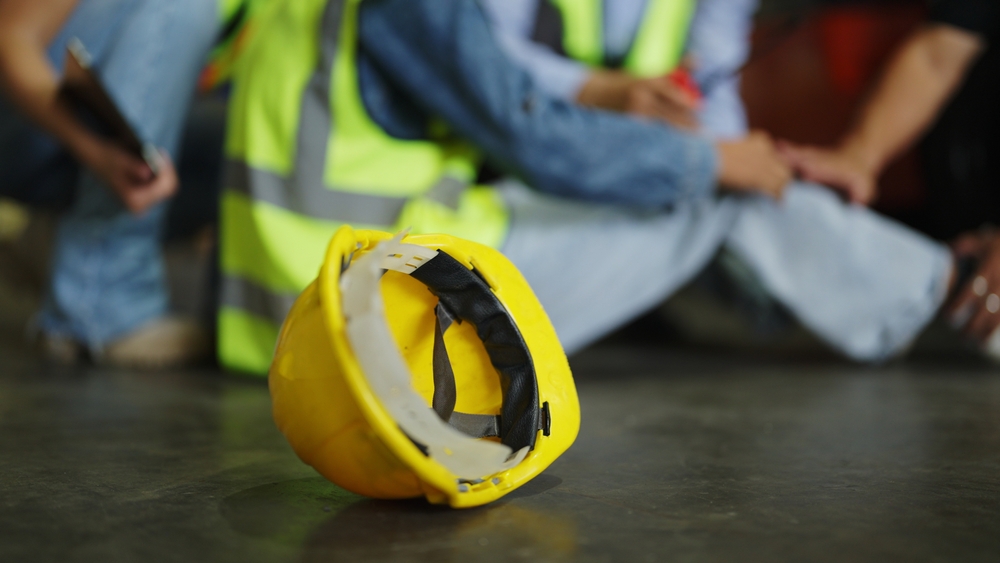Today (Wednesday, 15 October 2025) is National Burn Awareness Day. Charlotte Tan, Senior Associate, attended an event raising awareness for burn prevention and supporting the Children’s Burns Club at Broomfield Hospital. Broomfield Hospital has a specialist burns injury unit and the first “burns bus”: an outreach vehicle that provides specialist burns care to those who live a fair distance from the hospital.
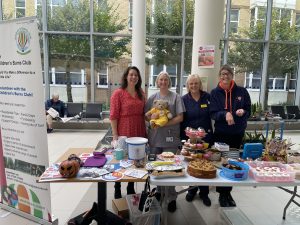
Burn injuries can come in many forms: from fire, hot liquids (such as water and oil), electricity and chemicals. The most common cause of burn injuries to children is from hot tea being spilt. Other causes include electric hobs and hair straighteners. Awareness is also being raised about the risks of burn injuries from hot water bottles.
Burns are categorised not only in terms of the surface area affected, eg burns to 10% of the body, but by depth. A superficial burn is called a first-degree burn. This involves the top layer of skin (epidermis) only and can heal without scarring. A partial thickness burn or second-degree burn affects the dermis. These can be the most painful. A full-thickness burn, known as a third-degree burn, is the most severe. It extends into the subcutaneous tissue, compromising the blood supply and damaging the nerves, which is why they can be less painful than second-degree burns. They often require surgical treatment.
The Red Cross recommends the following steps for treating burn injuries:
Step 1. Cool the burn under cold running water for at least 20 minutes.
Cooling the burn is important because it will reduce pain, swelling and the risk of scarring. The sooner and longer a burn is cooled with cold running water, the less the impact of the injury.
Step 2. After the burn has been cooled, loosely cover it with cling film or a clean plastic bag.
This helps prevent infection by keeping the area clean. Cling film or plastic won’t stick to the burn and will reduce pain by keeping air from the skin’s surface.
Don’t try to remove clothes or anything that is stuck to the burn, as it may cause more damage. You can remove clothing that is near the burn but not stuck to it.
Step 3. Call 999 if you think the burn is serious.
Get medical advice if you’re not sure or if a baby or child has been burned.
Stewarts’ personal injury team has been instructed by many clients who have sustained serious and life-changing burn injuries. These include our client Gary Chisholm, who you can read about here: Life Beyond Injury – Client with amputation returns to car hobby.
Watch Gary’s story below
You can find out more about Broomfield Hospital’s burns bus here: ‘Chelmsford burns bus saves patients thousands of miles in trips – BBC News)’.
You can find further information regarding our expertise, experience and team on our Personal Injury page.
If you require assistance from our team, please contact us.
Subscribe – In order to receive our news straight to your inbox, subscribe here. Our newsletters are sent no more than once a month.

